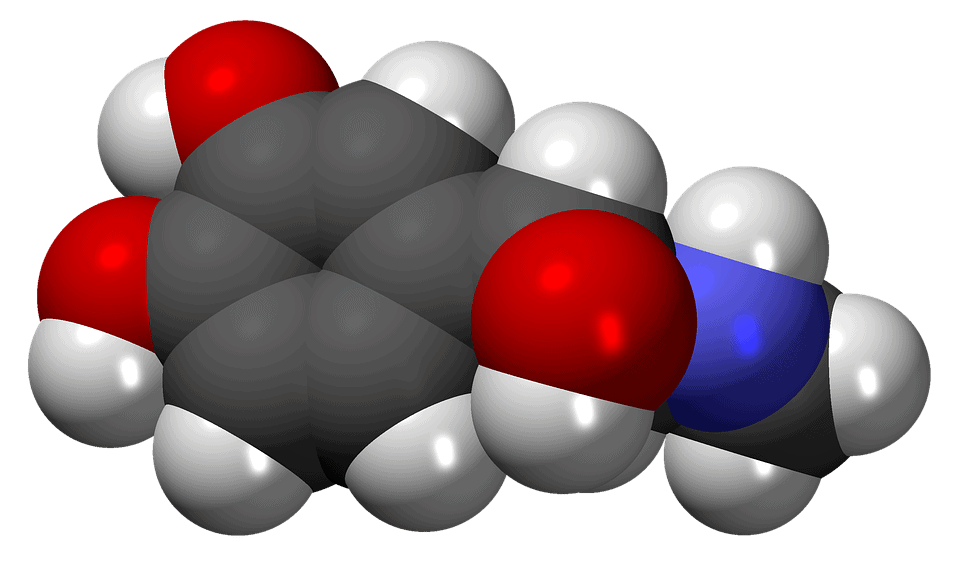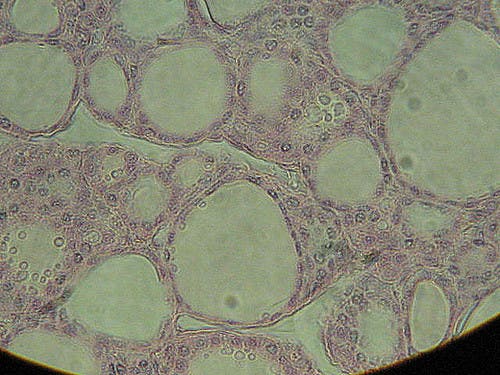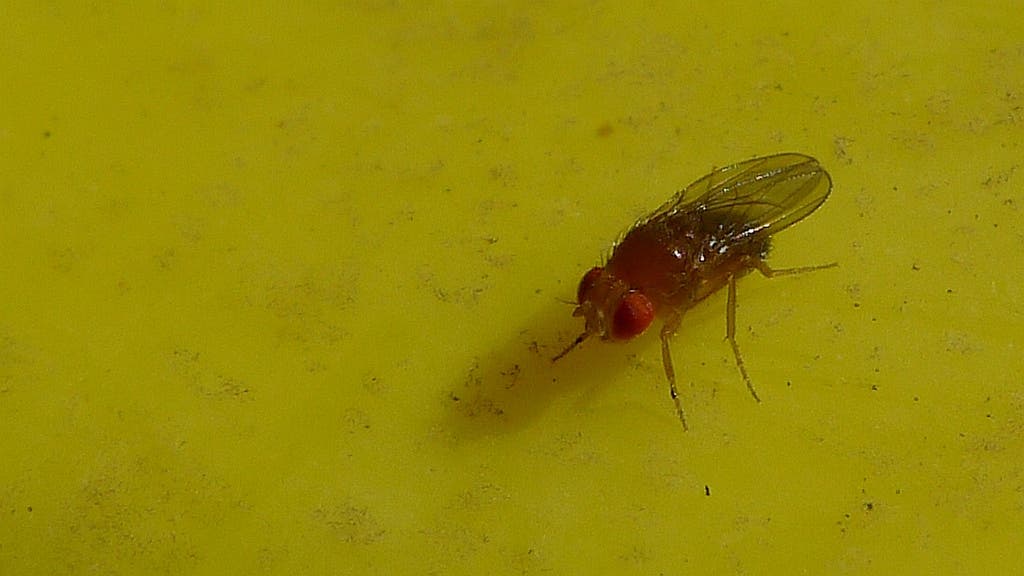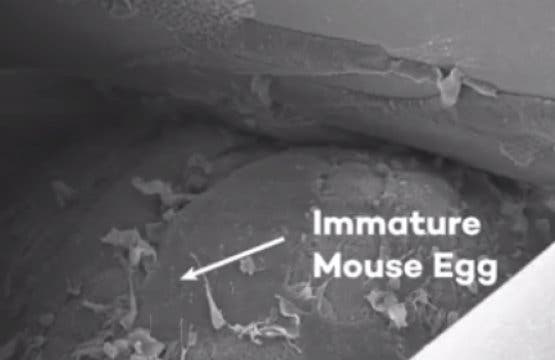Let’s talk about hormones — what are they?

Image via pixabay
Hormones are all molecules that serve as chemical messengers inside our organisms. In animals, they’re produced in endocrine glands (glands that pour their secretions directly in the blood), although the term is sometimes used to refer to autocrine and paracrine chemicals too. Hormones are found in both plants and animals and they underpin communication inside the organism. They govern almost everything from hydration, hunger or sleep to reproduction, emotions, and mood.
In a sense, they are your internal equivalent of an inter-department e-mail, only actually important — the term hormone comes from the ancient-Greek word for “impetus,” showing the power they have to activate or inhibit the cells and organs in our body.
Some of the most important endocrine glands are:
- Pituitary – the hormonal capo di tutti capi, the pituitary gland controls other glands and makes the hormones that trigger growth.
- Hypothalamus – responsible for body temperature, hunger, moods. Triggers the release of hormones from other glands; and also controls thirst, sleep, and sex drive.
- Thyroid – produces hormones associated with calorie burning and heart rate.
- Adrenal – produce the hormones that control sex drive and cortisol, the stress hormone.
- Pineal – produces serotonin derivatives of melatonin, which affects sleep.
- Ovaries – female exclusive, the ovaries secrete estrogen, testosterone and progesterone, the female sex hormones.
- Testes – a dudes’ special, the testes produce the male sex hormone, testosterone, and produce sperm.
As I’ve said earlier, while the cardinal example of hormonal secretion takes place in glands, it’s not limited to them.

Image via flickr
Specialized cells in other organs also produce hormones in response to specific signals from your body’s regulatory systems. Insulin, for example, is produced in the pancreas in response to blood sugar. Your intestines secrete hormones to tell your stomach or pancreas to scale up or cut down on their activity depending on how full they are.
Some of the most important human hormones
As listed by healthguidance.org, are:
- Melatonin – kind of like your internal clock, it anticipates the daily onset of darkness. Melatonin has a huge role to play on your energy levels throughout the day, and it’s what makes you drowsy at night.
- Serotonin – controls appetite, mood, and sleep cycles. The extra serotonin produced during puberty is what gives teens their emotional volatility.
- Thyroxin – secreted by the thyroid. Increases the rate of your metabolism and affects the process that cells go through to build protein.
- Epinephrine – also known as adrenaline. Responsible for the fight-or-flight response during stressful situations.
- Norepinephrine – also known as noradrenaline. It controls the heart and blood pressure, contributes to the control of sleep, arousal, and emotions. An excess of norepinephrine can make you feel anxious while too little will have you feeling depressed or sedated.
So how do hormones work?
I’m glad you asked.
In broad strokes, hormones need to be secreted, stored, released & transported, recognized by the cells, relayed and amplified, then broken down, in this order.
The first step, secreting the right hormone for the right job, takes place in glands; in general, these messengers fall under one of three chemical classes: eicosanoid hormones, steroids, and amino acid derivatives. They’re synthesized in an inactive state (pre- or prohormones) by the associated gland’s cells and are stored. They can be quickly converted to an active state when required, and then released.
Hormones are released when regulatory systems signal a particular need inside the body that this hormone can address. This can be caused by unusual concentrations of a particular substance or nutrient in the body, changes in the environment, but also directly dictated by other hormones (known as tropic hormones.)
Water-soluble hormones are released directly into the blood. They then travel around until they meet a specific “receptor” protein. These are found embedded on the cellular wall or membrane of cells, and bind the hormone to them.
The hormone-protein interaction generates an electric potential which leads to the activation of a signal transduction pathway through the membrane. This in turn causes so-called “second messengers” to be secreted beyond the membrane, that interact with the cell and cause a response. This system has the advantage of creating signal transduction cascades, which greatly amplify the strength of the original first messenger signal.
Lipid (or fat)-soluble hormones such as steroids can pass through the membranes of cells and act directly on their nucleus.

Right: protein hormones (1) binding with receptors which (2) begins a transduction pathway. The transduction pathway ends (3) with transcription factors being activated in the nucleus, and protein synthesis beginning.
(a) is the hormone, (b) is the cell membrane, (c) is the cytoplasm, and (d) is the nucleus.
Image via wikimedia
No matter the mechanism, once in contact with a hormone the cell is informed that it’s either supposed to do something, stop doing something, or just do it differently, depending on the need. Cells do this either through non-genomic effects (any action that does not directly and initially influence gene expression — thus can be performed quickly, from seconds to minutes) and genomic responses (where the hormone activates gene transcription, causing an increased expression of a desired protein.)
Now the message is transmitted and the cells are hard at work doing what they’re supposed to. Regulatory systems pick up on the new conditions (for example, that the blood sugar level isn’t low any more or that core temperature has been adjusted) and relay this back to the glands, which adjust or shut down synthesis. This is called a homeostatic (maintaining internal balance despite external factors) negative (diminishing effect) feedback-loop, and characterizes most hormonal processes.
All that’s left to do now is for the hormones already in the system to break down and the cycle is complete. Pretty elegant.
But what if I don’t want any?

Image via flickr
By their very nature, hormones are involved in processes that require coordinated action throughout the body. They control growth, the metabolism and take the body through developmental phases (such as puberty). Hormones also dictate the timing of cell deaths, ramp up the immune system and control the metabolism.
Because of their role as signaling molecules, hormonal imbalances tend to impact several organs or systems at once. For example, PCOS (Polycystic Ovary Syndrome), the most common hormonal condition in US women, can cause irregular or missed periods, heavy periods, difficulty becoming pregnant, male-pattern hair growth, weight gain, acne, and formation of cysts on the ovaries. In men, androgen (male sexual hormone) deficiency leads to reduced sexual desire, reduced mass of bone and muscle, depression, loss of body hair and breast growth. Too much growth hormone can lead to gigantism. These conditions can be very serious — if you feel you may have a condition related to hormones then will all means, do consult a doctor and get a hormone test.
They help us fit into and survive in our world by synchronizing the wake-sleep cycle and other circadian rhythms with the environment, initiating the fight-or-flight response, or giving our muscles a boost when our life depends on it. They also have a powerful effect on how you feel; hormones can cause mood swings and govern sexual arousal (aka being “hor”-ny).
That’s why hormones are essential, but also why too much or too less can be a bad thing. Somehow, nature has found a way to keep things balanced for most of us. Sure, when things seem hectic, depressing or downright scary, you can pin it on hormones. But there’s also love, sexual desire and good old appetite. Hormones make life possible worth living.






